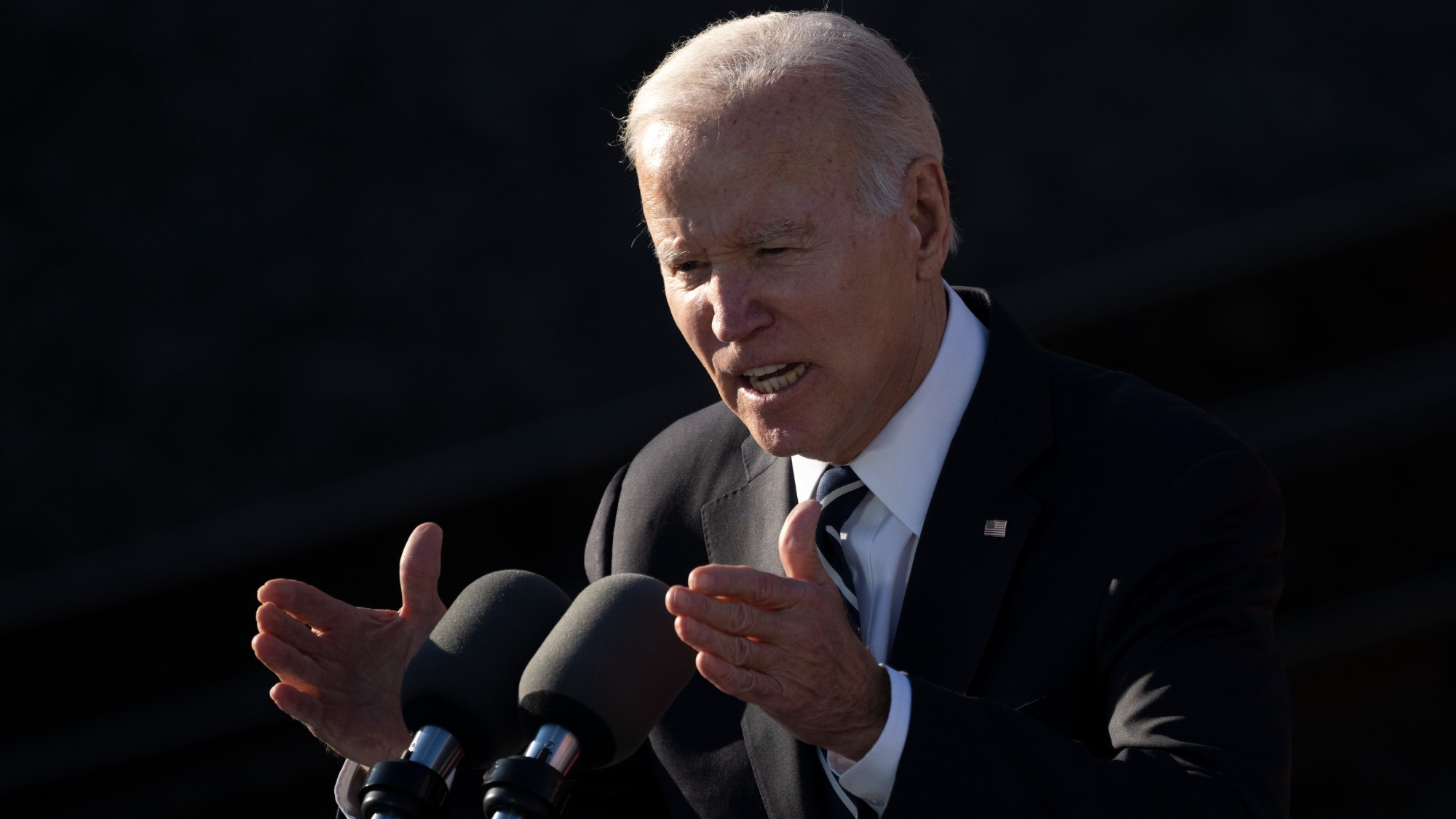

On Monday, President Joe Biden informed Congress that he will end the two national emergencies currently addressing the COVID-19 pandemic on May 11.
The change to formally end the national emergency declarations would restructure the federal government’s response to treating the virus as an endemic threat to public health that can be managed through normal authorities.
[Related: A quick look at Biden’s new COVID preparedness plan.]
The announcement comes as lawmakers have already ended elements of the emergency protocol, such as changes in policy that have kept millions of Americans insured since the pandemic began in 2020. Removing federal dollars would also shift the development of future vaccines and treatments away from direct management by the government and more towards the private sector.
The public health emergency was first declared by Health and Human Services Secretary Alex Azar on January 21, 2020. The national emergency was later declared by Former President Donald Trump in March 2020. President Biden has repeatedly extended the emergencies since taking office in January 2021 and has extended them as recently as January 11.
According to the Centers for Disease Control and Prevention (CDC), more than 1.1 million people in the United States have died from COVID-19 since 2020, including roughly 3,700 last week.
Everyday Americans will see these changes directly through more expensive vaccines. The cost is expected to skyrocket when the federal government stops purchasing them, and vaccine manufacturer Pfizer says it could charge as much as $130 per dose. Additionally, those with private health insurance will have to pay some out-of-pocket costs for vaccines, especially if seeing an out–of-network provider, according to Larry Levitt, the executive vice president for health policy at Kaiser Family Foundation.
Hospitals will no longer receive extra payments for treating COVID-19 patients. Some hospitals have been receiving a 20 percent increase in Medicare’s payment rate, which could lead to higher consumer costs. The cost of COVID-19 testing and treatments like Paxlovid will also be more complicated. Charges will depend on whether they have private insurance, Medicare, Medicaid, or no health insurance and what state they live in could also affect costs.
[Related: Long COVID recovery is finally getting the attention it deserves in the US.]
Flexibilities for telehealth were extended for another two years, leading health care systems around the US to regularly deliver remote care.
Additionally, the World Health Organization (WHO) said on Monday that the coronavirus remains a global health emergency, despite a key advisory panel for the group finding that the pandemic may be nearing an “inflextion point” where higher levels of immunity could lower virus-related deaths.
